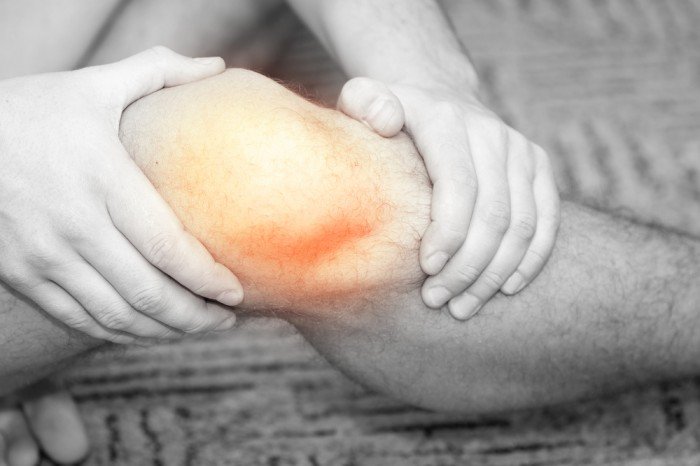
<!DOCTYPE html PUBLIC "-//W3C//DTD HTML 4.0 Transitional//EN" "http://www.w3.org/TR/REC-html40/loose.dtd“>
by Dr. Kwabena Blankson | Contributor
Teen Athletes and the Risk of Overuse Injuries
16-year-old Robin has had an amazing summer, traveling to three different states with her club soccer team and securing victories in two tournaments! As the school year approaches, she is preparing for fall soccer practices to commence shortly.
In contrast, 13-year-old Raymond has experienced an incredibly relaxing summer. After a demanding high school baseball season, he felt he deserved some time off. However, fall baseball is just around the corner, and he hasn’t swung a bat or run the distance of 90 feet in nearly three months.
Both of these young athletes are at risk for overuse injury.
Overuse injuries are the most prevalent musculoskeletal issues among youth athletes. These can include conditions such as Osgood-Schlatter syndrome (inflammation causing lower knee pain), patellofemoral pain syndrome (irritation of the kneecap), medial tibial stress syndrome (commonly known as shin splints), and stress fractures. Research has indicated that the incidence of overuse injuries in youth can reach as high as 68%. Such injuries may arise due to anatomical factors (like muscle tightness or foot structure), unsuitable equipment (such as improper footwear), poor rehabilitation from previous injuries, biomechanical issues (like stride length or gait), overtraining (like Robin), or an abrupt shift from little to high activity (like Raymond).
How can parents recognize and prevent these issues?
1) Communicate with your teenager. This may seem straightforward, but it’s essential to discuss pain and fatigue with your child. It’s not enough to rely on coaches to inquire about their wellbeing. Some coaches might encourage athletes to push through their discomfort, equating it to a badge of “toughness.” However, an athlete experiencing minor pain may develop more severe issues if they don’t receive the necessary medical care. Encourage your teenager to listen to their body and act upon those signals!
2) Encourage rest. Taking breaks is crucial. Sleep is essential for recovery — teenagers require more than 8 hours of rest. While training is vital, research indicates that youth who train for more than 16 hours each week face a heightened risk of injuries that need medical attention. Other studies show that training for more hours than their age in years is also a risk factor for injury. Parents should feel empowered to say, “have a day off,” even if it makes them unpopular with the coach or their teen. If necessary, obtaining a doctor’s note can support this decision.
Lastly, it’s important to recognize another type of overuse injury which is psychological in nature. Psychological burnout is a serious concern. When teenagers exhibit signs of chronic fatigue, diminished sports performance, and a lack of enthusiasm for practices or competitions, it may indicate burnout rather than mere laziness. This behavior could be a plea for understanding from an adult willing to listen. Keeping training enjoyable, incorporating cross-training, allowing one to two rest days per week, and scheduling extended breaks are all effective strategies to help a teenager stay revitalized, focused, and ready to thrive in sports, academics, and personal growth.






